Good Luck Getting Rental Cars This Summer

As you might have noticed, or heard from us, rental agencies have been hoovering up new and used vehicles to offset the 2020 selloff that stemmed from everyone mysteriously canceling their travel plans that year. Returning to normal, which is something anyone who didn’t assume the world was ending could have predicted, has resulted in increased pricing for vehicles — regardless of whether you’re renting or buying.
Rental companies typically try to play the vehicle market like the rest of use stocks or (if you’re hip) crypto. Buy low, sell high. But 2021 has created a perfect storm of increased demand coming after a long stretch of nothing and an auto industry that doesn’t seem to be capable of building cars thanks to all sorts of component shortages. But it’s no sweat for the big rental agencies because they’re now able to charge just about whatever they want. They’re keeping vehicles in their fleets longer, making more money off them, and selling them back at elevated prices.
Your author frequently relies on rental cars to avoid putting additional miles on his security blanket/gas guzzler and it worked a treat when firms were charging double-digit prices for a car that was ultimately going to see another 800 extra miles placed on the odometer in a 24-hour period. But the current reality is a glut of high-millage cars in less-than-ideal condition that may not even be on the lot when you arrive at the rental desk.
What can be done? Well, reserving a vehicle well in advance of your trip is never a bad idea. But shopping around will likely be more helpful. You might find certain agencies with terms that work for milling around town but become prohibitively expensive if you plan on taking them out of state. Depending on where you’re going, the inverse might be true. We recommend comparing all the big-name firms and then considering something like ZipCar or peer-to-peer car-sharing apps like Turo or GetAround at your final destination. Some drivers in areas where rental vehicles are in short supply have even found themselves avoiding plump fees by just renting smaller trucks from U-Haul. Just be sure to keep the number of miles you’ll be covering in the front of your mind so you can do the math.
Renting away from airports can also save you money, as they typically yield lower rates. You’re likewise more likely to have a vehicle waiting for you if you’re part of a loyalty program or book something that’s a little nicer than the Manager’s Special. They’re typically more willing to cut you a sweeter deal if something goes wrong, too.
But there’s little that can be done about the core issues that are creating the problem.
According to Cox Automotive, via Automotive News, the typical mileage for rental risk units was 82,800 miles in April. That represents a 62 percent increase from the same time in 2020. Meanwhile, the average price for agency-owned vehicles sold at auction was up 32 percent in April compared with the same time a year earlier and up 7 percent from the previous month. This trend is all but guaranteed to continue throughout the summer.
Hertz, which almost died last year, is currently reporting its inventory is below 300,000. That’s down 42 compared to 2019, with most other agencies noting similar (though usually smaller) sizing disparities between their pre and post-pandemic fleets. Don’t forget, demand for rental vehicles dropped by around 90 percent in the first month of the pandemic, and those same companies were worried they might not survive to enjoy 2021.
When will things begin to stabilize? Probably when demand drops and it becomes less lucrative for agencies to keep hoarding cars and renting at such high prices. But that doesn’t just mean when the vacationing months are over. Rental groups want to recoup last year’s losses and the automotive industry will also need to figure out its supply chain issues to help match the rising demand.
[Image: IJzendoorn/Shutterstock]

A staunch consumer advocate tracking industry trends and regulation. Before joining TTAC, Matt spent a decade working for marketing and research firms based in NYC. Clients included several of the world’s largest automakers, global tire brands, and aftermarket part suppliers. Dissatisfied with the corporate world and resentful of having to wear suits everyday, he pivoted to writing about cars. Since then, that man has become an ardent supporter of the right-to-repair movement, been interviewed on the auto industry by national radio broadcasts, driven more rental cars than anyone ever should, participated in amateur rallying events, and received the requisite minimum training as sanctioned by the SCCA. Handy with a wrench, Matt grew up surrounded by Detroit auto workers and managed to get a pizza delivery job before he was legally eligible. He later found himself driving box trucks through Manhattan, guaranteeing future sympathy for actual truckers. He continues to conduct research pertaining to the automotive sector as an independent contractor and has since moved back to his native Michigan, closer to where the cars are born. A contrarian, Matt claims to prefer understeer — stating that front and all-wheel drive vehicles cater best to his driving style.
More by Matt Posky
Latest Car Reviews
Read moreLatest Product Reviews
Read moreRecent Comments
- Kwik_Shift_Pro4X Poop or get off the pot.
- TheMrFreeze The wife unit and I refuse to buy a white/black/grey/silver car...life's too short for boring. As it happens we both drive orange cars right now but slightly different shades. Total coincidence, just happened that the used cars we found that met our requirements (ie: manual trans and at least some amount of character) both happened to be orange. My previous daily driver was orange as well, again total coincidence...they just seem to find us I guess...
- Marcus36 In other words...."WE have no idea what we are doing"
- Donald This is what happens when you make your wife CFO. This is all the result of accounting problems. And could’ve been avoided with a reserve of liquidy.
- Rochester When I was young, a number of girls I dated wanted to own a Jeep. I didn't understand (and don't like them myself), but it was certainly something. So good for Jeep leaning into that.



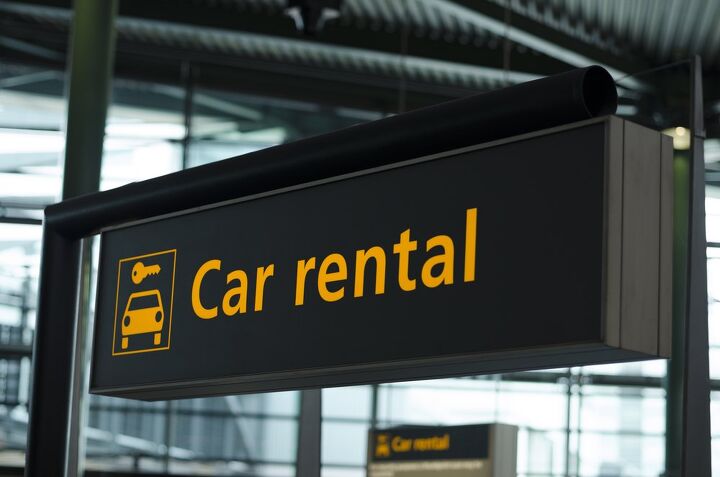
















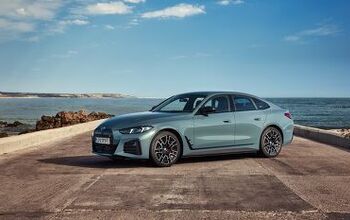
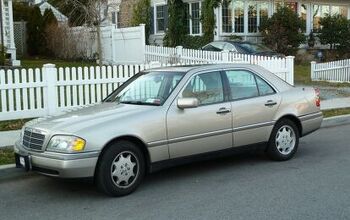
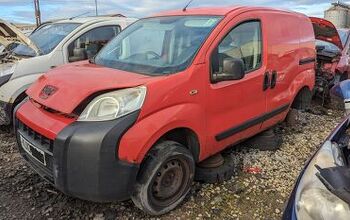
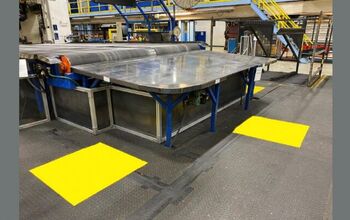
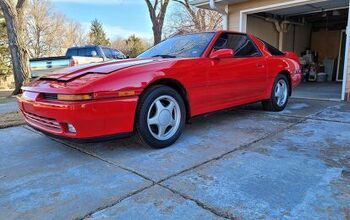
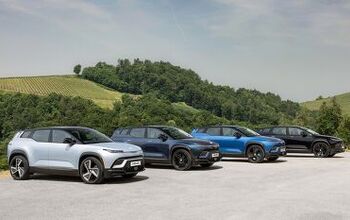
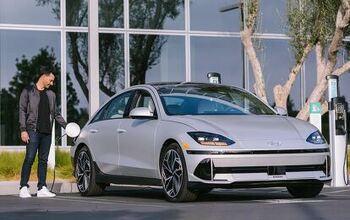

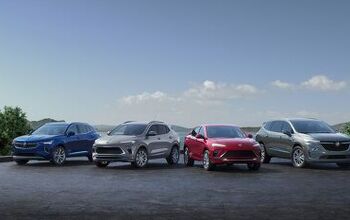
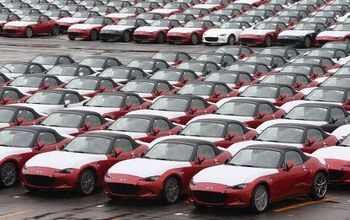
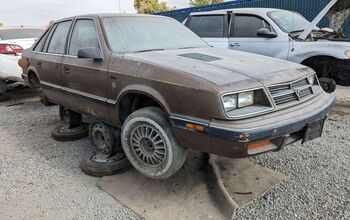
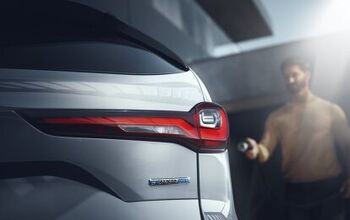
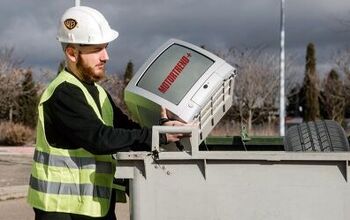

Comments
Join the conversation
There's always public transit....
I take public transit when I go into the office and I have taken public transit when I have traveled to Chicago and Atlanta on business. Much less hassle and less expensive but you do need to travel light.